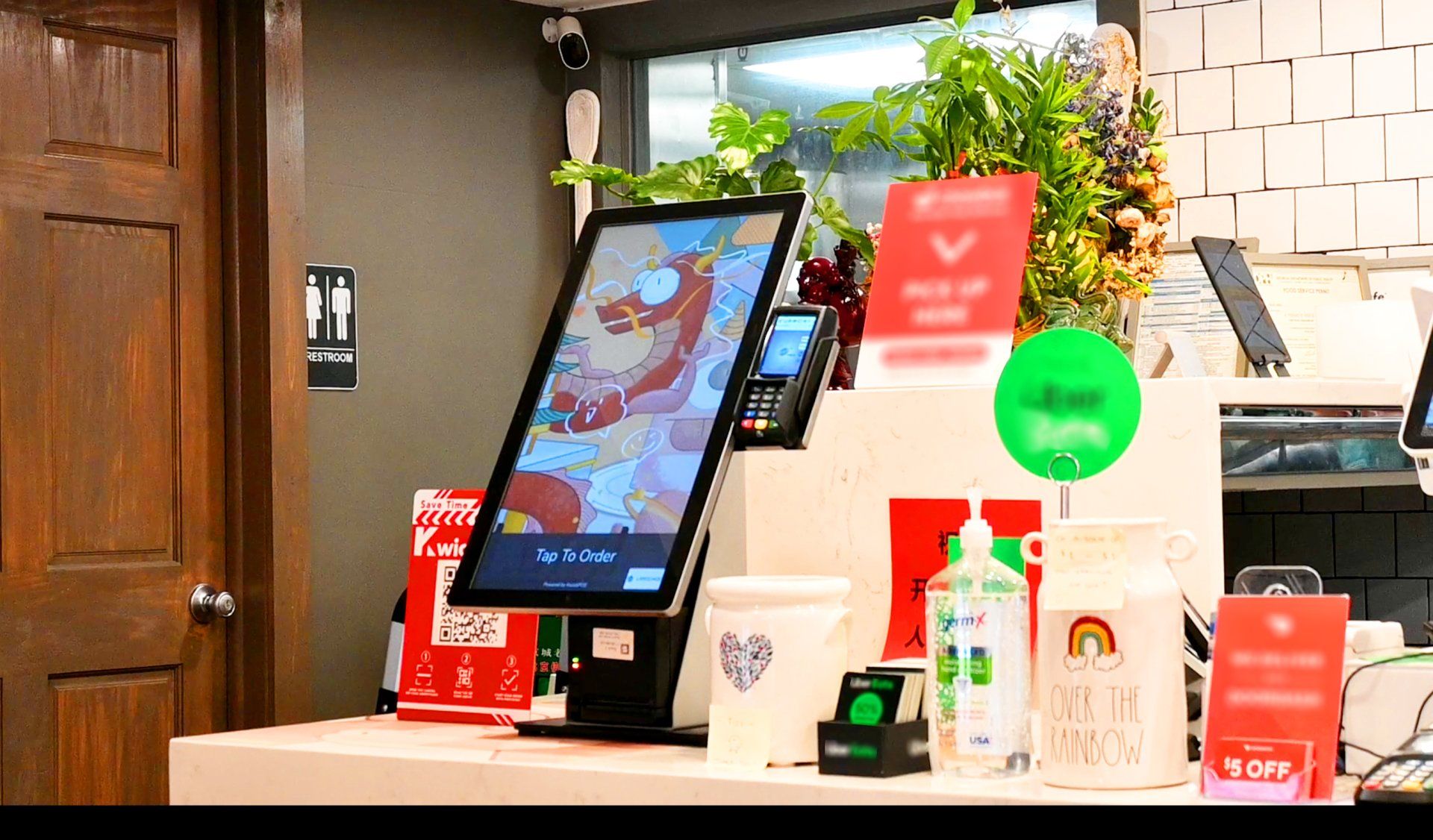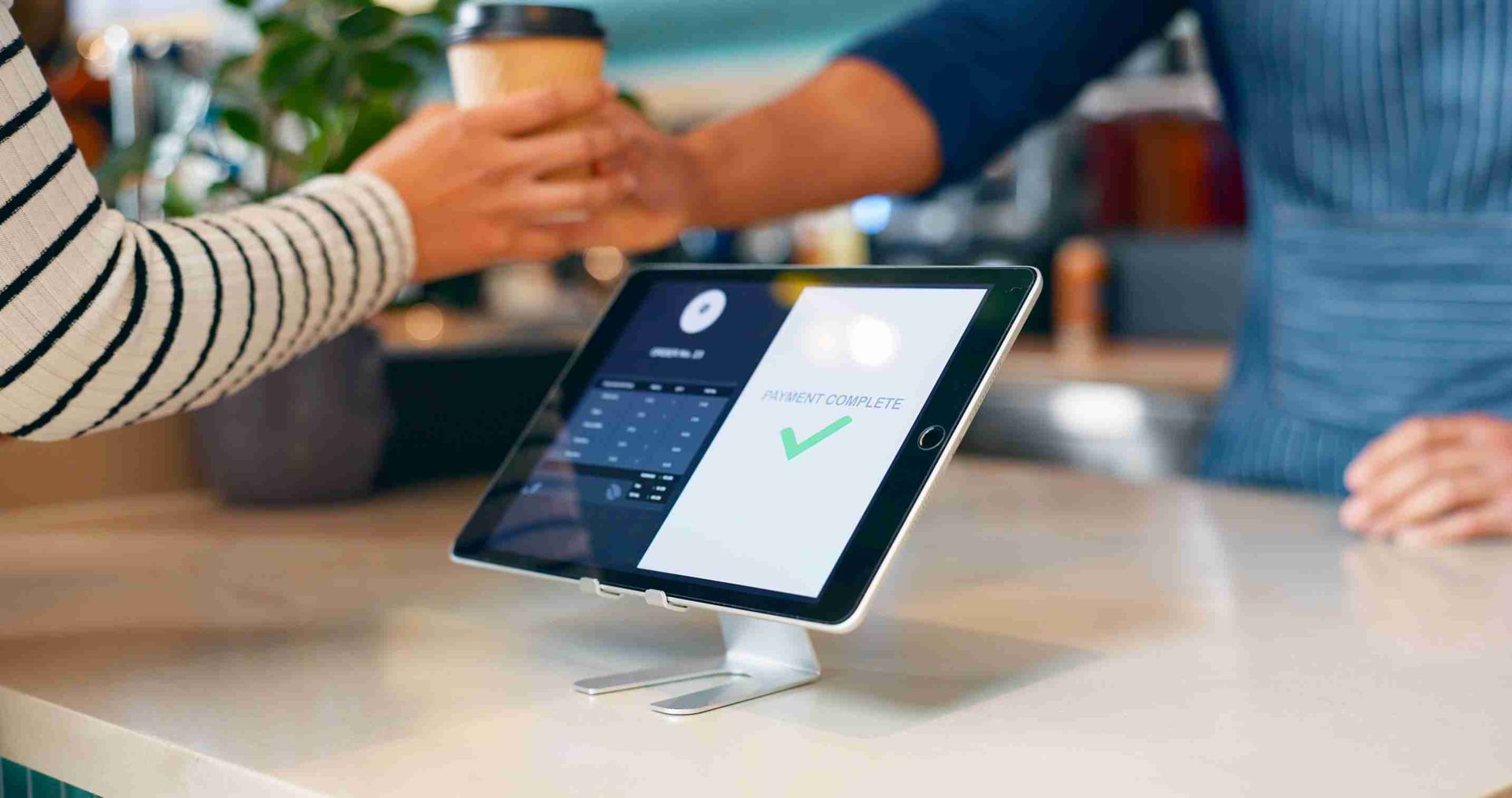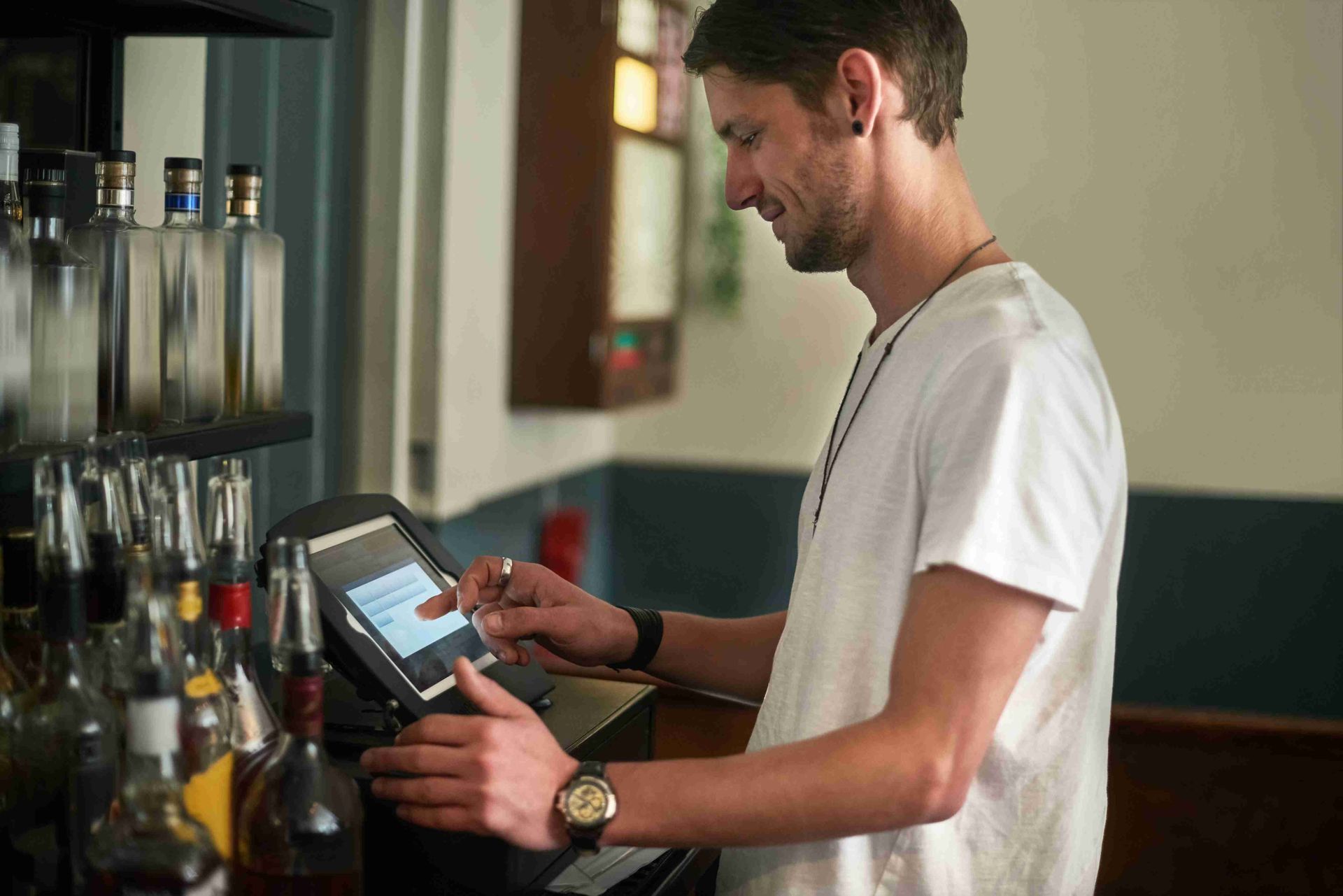What is Occupancy Rate and How it can increase your Restaurant's Profitability
DISCLAIMER: This content is for informational purposes only and is not intended to be used as legal, accounting, tax, HR or other professional advice. You are responsible for you and your businesses' legal and regulatory compliance. Contact your attorney, accountant, or any other relevant professional for specific advice related to your own needs and circumstances.
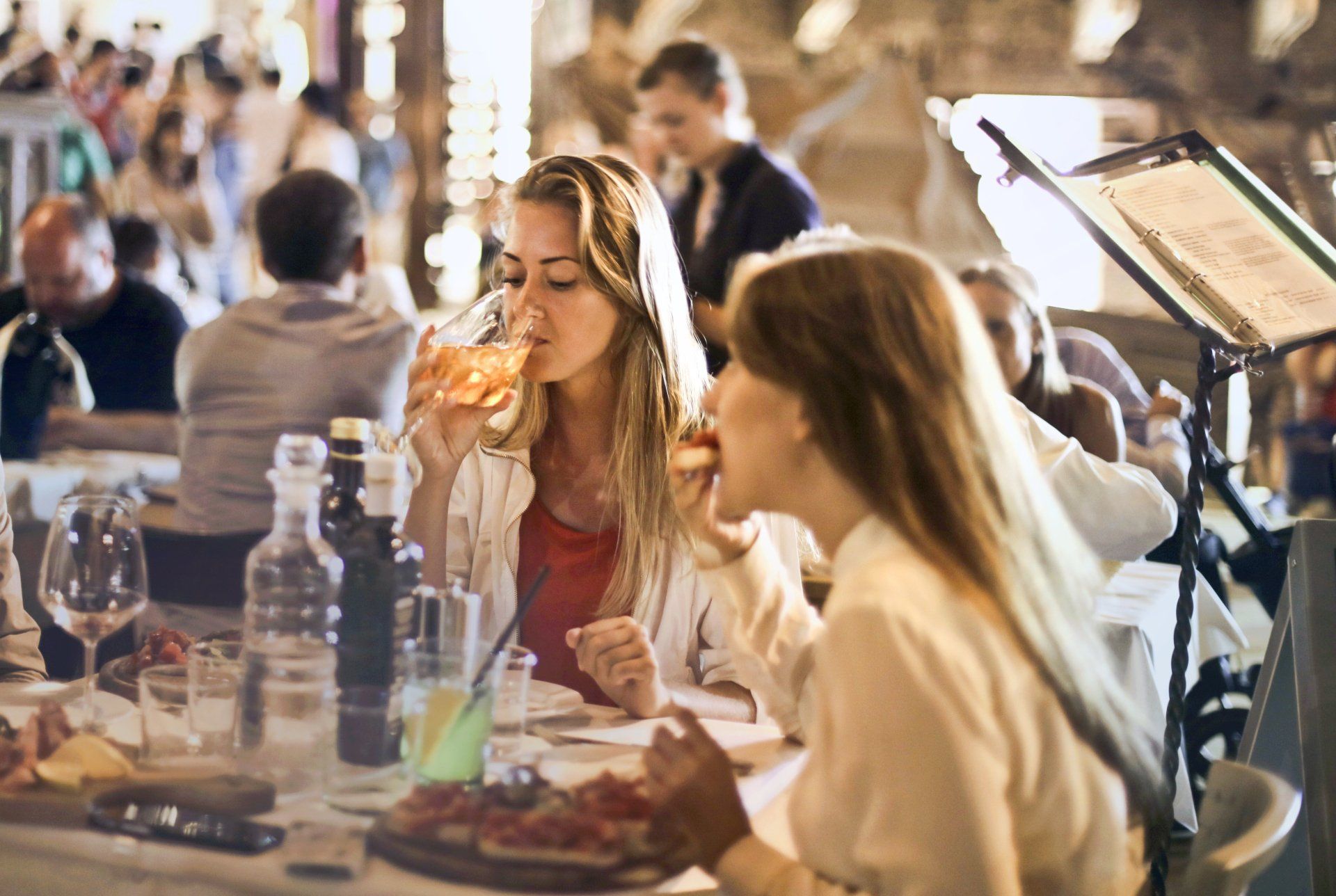
Running a restaurant is no easy task. It involves managing multiple aspects of the business, including the quality of food, the ambiance of the restaurant, and the customer experience. One of the most critical factors that determine the success of a restaurant is its occupancy rate. Occupancy rate refers to the percentage of tables occupied in a restaurant at any given time. A high occupancy rate can significantly increase the profitability of your restaurant and help it succeed. Today, we will discuss how occupancy rate can increase profitability and provide tips to improve occupancy rate in your restaurant.
How Occupancy Rate Can Increase Profitability
Firstly, a higher occupancy rate usually means that more tables are occupied, resulting in more orders and revenue. Unless you let people occupy your tables without ordering anything, you are guaranteed to generate some profit with each occupied table. When more tables are occupied, the chances of gaining more sales increase significantly. When customers order more, the revenue generated is higher, resulting in increased profitability for your restaurant.
Secondly, a higher occupancy rate allows for efficient use of resources, such as staff and kitchen equipment. For instance, if your restaurant has a high occupancy rate, your staff will be busier, and your kitchen will be more productive, leading to a more efficient use of resources. This can help you manage your costs better, leading to increased profitability.
In contrast, if your restaurant has a low occupancy rate, it can lead to inefficiencies in resource utilization, as there may not be enough work to keep the staff busy or enough orders to keep the kitchen functioning at full capacity. This can lead to increased costs due to idle staff and underutilized kitchen equipment, ultimately leading to reduced profitability.
Thirdly, a high occupancy rate can create a positive perception of your restaurant. Customers are more likely to perceive a restaurant with a high occupancy rate as popular and successful. This perception can help build your restaurant's reputation and attract more customers, ultimately leading to increased revenue and profitability. Customers are more likely to patronize a restaurant with a perceived high occupancy rate, which can help build your restaurant's presence in the community.
Moreover, a high occupancy rate can also lead to increased sales through word-of-mouth marketing. Customers who visit your restaurant during peak hours are likely to share their positive experiences with their friends and family. This can help spread the word about your restaurant and attract more customers, leading to increased sales and profitability.
As a result, a high occupancy rate can have a significant impact on the profitability of your restaurant. By optimizing your seating arrangements, implementing a reservation system, offering takeout and delivery services, increasing table turnover, improving the customer experience, and using social media to promote your restaurant, you can increase your occupancy rate and ultimately, increase your revenue and profitability. Remember, a higher occupancy rate is a reflection of your restaurant's popularity and success, and it is crucial to focus on strategies that can help increase it.
Tips to Improve Occupancy Rate in Your Restaurant
But what if your restaurant’s occupancy rate is low? Is there any way to improve your restaurant so that you may see a rise in the occupancy rate? Below, we will be discussing some of the ways that you could improve your restaurant in order to see a higher occupancy rate and higher profitability.
Optimize Seating Arrangements: One of the most important factors that can influence the occupancy rate of your restaurant is the seating arrangement. To optimize the seating arrangement, you need to consider factors such as the size of your restaurant, the number of tables, and the number of customers you expect to serve. You should also consider the type of customers you are serving, as well as their preferences and behavior. For example, if your restaurant caters to families, you may want to have larger tables and booths to accommodate larger groups. Similarly, if your restaurant caters to solo diners, you may want to have smaller tables or bar seating to provide a more intimate dining experience.
Implement a Reservation System: Implementing a reservation system can help ensure that your restaurant is fully occupied during peak hours. This can help you manage customer traffic and reduce wait times, which can lead to a better customer experience. It can also help you plan your staffing and inventory needs, which can result in lower costs and increased profitability. To implement a reservation system, you can use online tools such as OpenTable, which allows customers to make reservations online. You can also use traditional methods such as phone reservations or walk-ins, but it is important to ensure that you have a system in place to manage the flow of customers.
Offer Takeout and Delivery Services: Offering takeout and delivery services can help increase the occupancy rate of your restaurant. This can attract customers who may not have the time or inclination to dine in, or those who prefer to eat in the comfort of their own homes. Offering takeout and delivery services can also help you expand your customer base and increase sales. Offering takeout and delivery services can help increase the occupancy rate of your restaurant.
To offer takeout and delivery services, you need to ensure that your restaurant has a streamlined process for preparing and packaging orders.
Want to learn more about how to market your restaurant business?
Download our free Digital Marketing Guide for Restaurants eBook today!
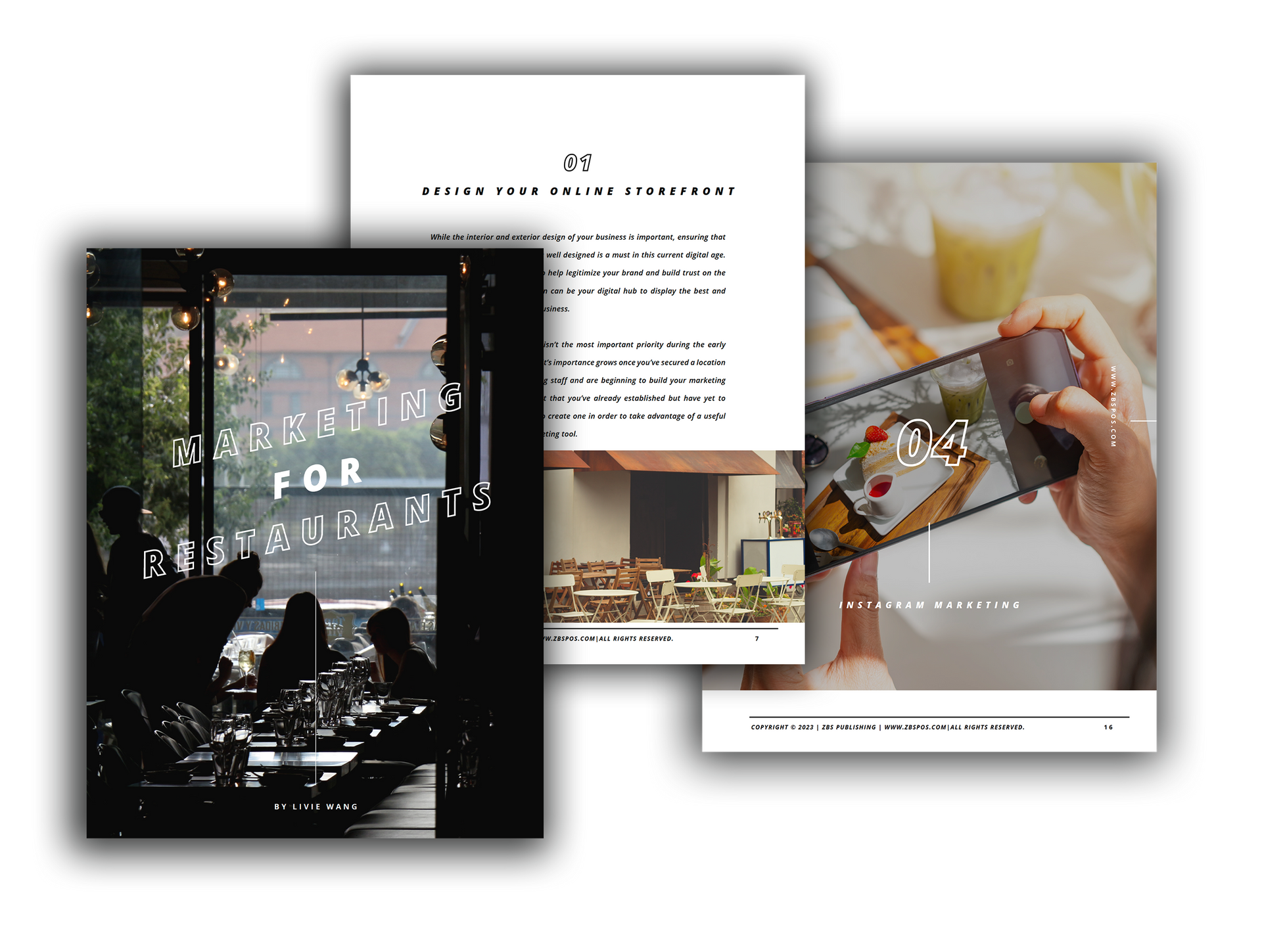
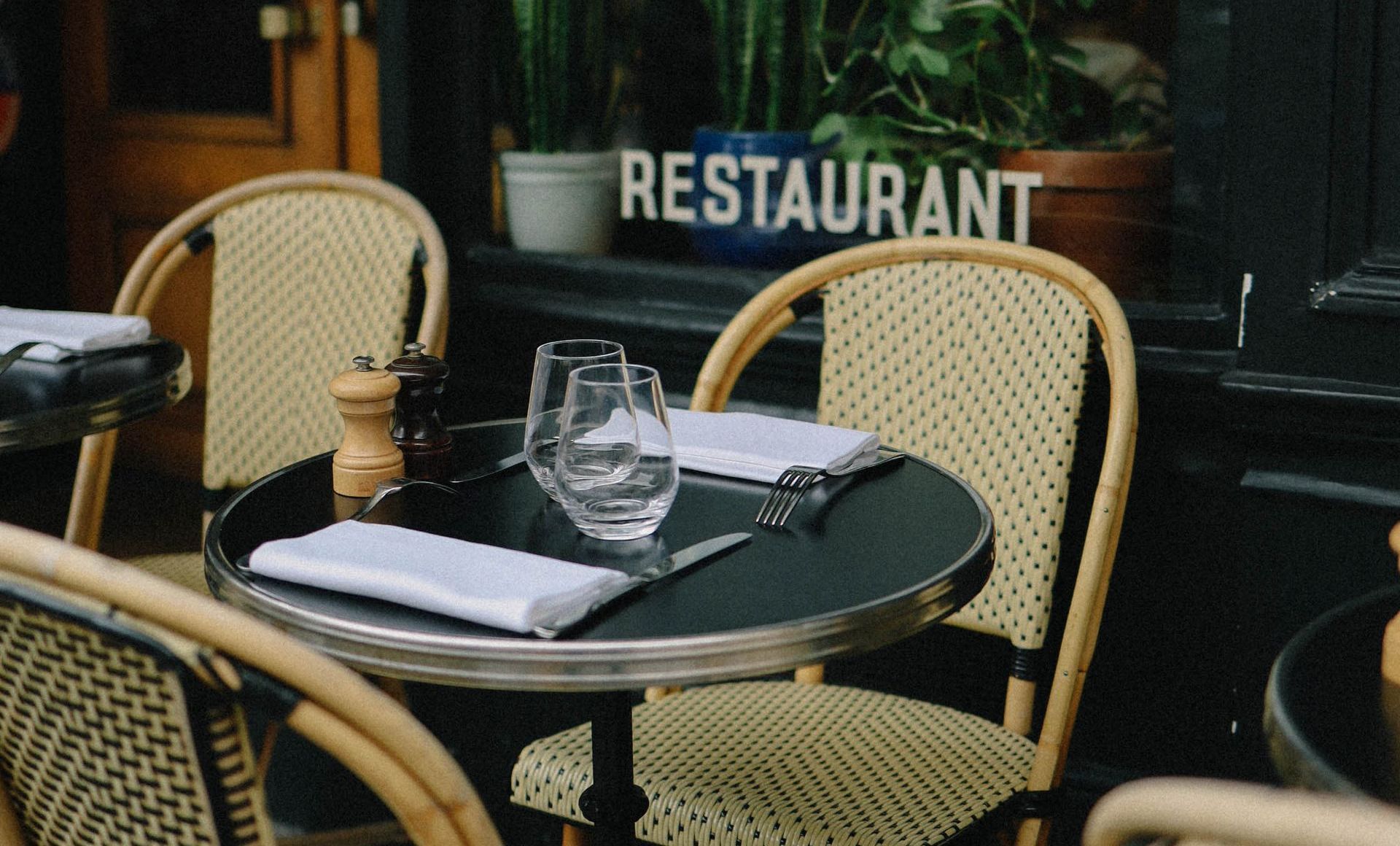
Increase Table Turnover: Another way to increase the occupancy rate of your restaurant is to increase table turnover. Table turnover refers to the number of times a table is occupied by different customers in a given period. To increase table turnover, you can implement strategies such as reducing wait times, offering quick and efficient service, and using technology to expedite the ordering and payment processes. For example, you can use self-ordering kiosks or tableside ordering to allow customers to place orders and pay without the need for a server. This can help reduce wait times and improve the efficiency of your service. You can also train your staff to be more efficient and attentive to customers, which can help speed up the dining experience. Utilize mobile ordering POS systems to quicken ordering for your servers.
Improve your Customer Experience: Improving the customer experience is crucial to improving the optimization rates of your restaurant. A positive customer experience can lead to increased sales and profitability by encouraging repeat business and word-of-mouth referrals.
To improve the customer experience, it's important to focus on several factors. First and foremost, the quality of food is essential. Your restaurant should strive to serve high-quality, fresh ingredients that are cooked to perfection. The taste, texture, and presentation of your dishes can greatly impact the overall dining experience.
In addition to food quality, the ambiance of your restaurant is also important. The decor, lighting, and music can create a comfortable and inviting atmosphere for your customers. Consider the type of restaurant you have and tailor the ambiance accordingly. For example, a romantic restaurant might have dim lighting and soft music, while a casual family-friendly restaurant might have brighter lighting and a more lively atmosphere.
The level of service provided to customers is also critical. Your staff should be attentive, friendly, and knowledgeable about the menu. Make sure your staff is well-trained and able to handle any customer concerns or complaints. A positive customer service experience can greatly impact a customer's decision to return to your restaurant.
Next, maintaining a clean and organized restaurant is essential. Your restaurant should be free from clutter, and the bathrooms should be clean and well-stocked. A clean restaurant can help create a comfortable and enjoyable dining experience for customers.
Overall, improving the customer experience requires attention to detail and a commitment to providing high-quality food, a comfortable ambiance, excellent service, and a clean environment. By focusing on these factors, you can improve the optimization rates of your restaurant and create a loyal customer base.
Use Social Media: Social media can be a powerful tool for improving the optimization rates of your restaurant. In today's digital age, social media platforms such as Facebook, Instagram, and Twitter are some of the most widely used and popular platforms to promote businesses. By using social media, you can build a brand and create a strong online presence for your restaurant.
One of the main benefits of using social media is that it can increase the occupancy rate of your restaurant by attracting new customers. By sharing pictures of your food and promoting your menu, you can entice potential customers to try your restaurant. You can also use social media to offer promotions, discounts, and specials, which can help increase foot traffic.
Another benefit of using social media is that it allows you to engage with your customers. By responding to comments and messages, you can build a strong relationship with your customers, which can help foster loyalty and repeat business. Social media also allows you to get feedback from your customers, which can help you improve your menu and service.
To use social media effectively, it's important to post regularly and engage with your followers. This means sharing pictures of your food, promotions, and specials, as well as responding to comments and messages in a timely manner. You should also use hashtags to make your posts more discoverable and shareable. By consistently posting high-quality content and engaging with your followers, you can build a strong brand and increase the occupancy rate of your restaurant.
By Livie Wang
Livie Wang is based in Atlanta, GA and has a background in marketing and branding. With many years of experience in the restaurant and retail industries, she brings forth a personalized view on the issues these industries face. She has been a regular contributor to the ZBS Blog, News and Resource Center since 2021.




